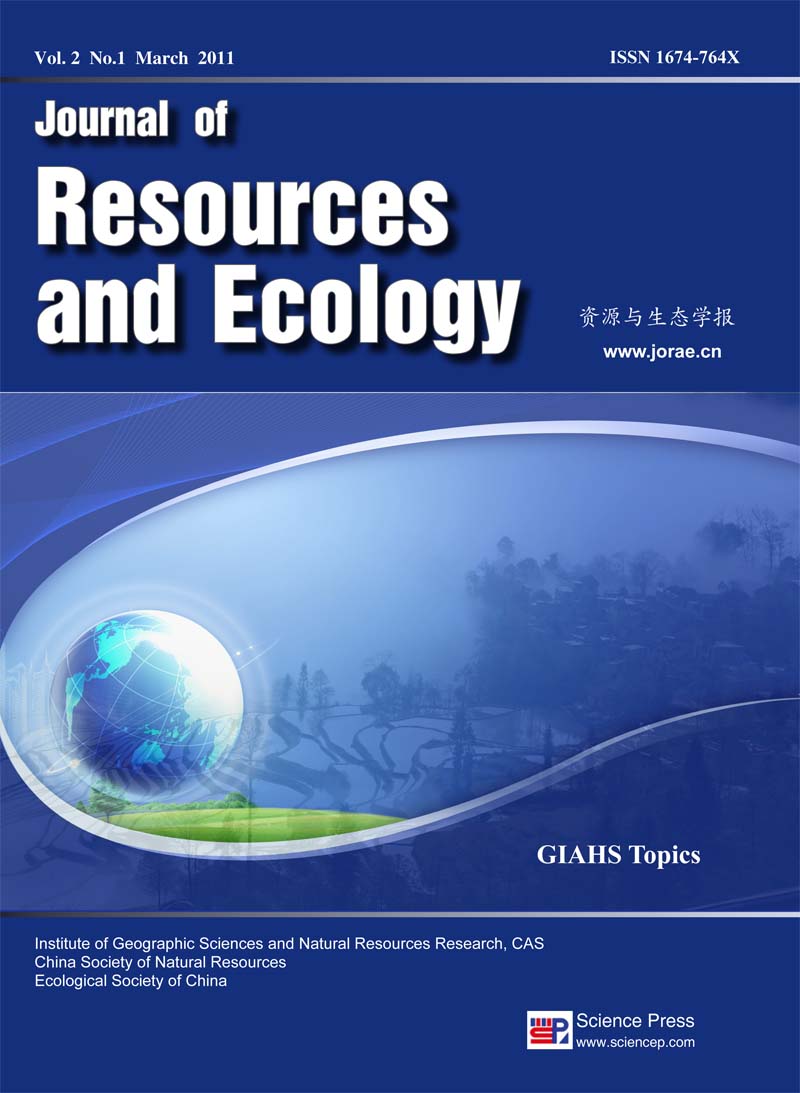Articles
PAN Guoyan, OUYANG Zhu, LUO Qunying, YU Qiang, WANG Jishun
The objectives of this study were to determine the characteristics of water consumption of seven forage cultivars,ryegrass(Secale cereale L.),triticale(×Triticosecale Wittmack),sorghum hybrid sudangrass(Sorghum biolor×Sorghum Sudanense c.v.),ensilage corn(Zea mays L.),prince’s feather (Amaranthus paniculatus L.),alfalfa(Medicago sativa L.),and cup plant(Silphium perfoliatum L.),in response to climate variability(especially precipitation).Field experiments were conducted at Yucheng Integrated Experiment Station from 2005 to 2009.Fifteen irrigated lysimeters were used to measure evapotranspiration(ET)and crop coefficient(Kc)of these seven forage varieties under ample water supply. The mean Kc for alfalfa is 1.08,and the mean Kc for other forage varieties ranges from 0.79 to 0.94.Kc for hibernating forage is higher in wet years than that in dry years,followed by normal years,while for annual forage,Kc is higher in dry years than in normal years,and is the lowest in wet years.For perennial varieties the order is normal years,dry years,and wet years.Among the annual varieties,ensilage corn is the first choice due to its highest average forage N yield and water use efficiency(WUE).Sorghum hybrid sudangrass is another forage cultivar that grows well under all climatic conditions.It can achieve 1.08-2.31 t ha-1 y-1 N yield under all circumstances.Prince’s feather is sensitive to climate change and its N yield dropped below half even when ample water was applied in dry and normal years.Ryegrass and triticale have the advantage of growing in the fallow phase after cotton is harvested in the North China Plain(NCP) and the latter performed better.For perennial varieties,alfalfa performed better than cup plant in dry years.With ample irrigation,alfalfa can achieve higher biomass and WUE under arid climate condition,but excessive rain caused reduction in production.
